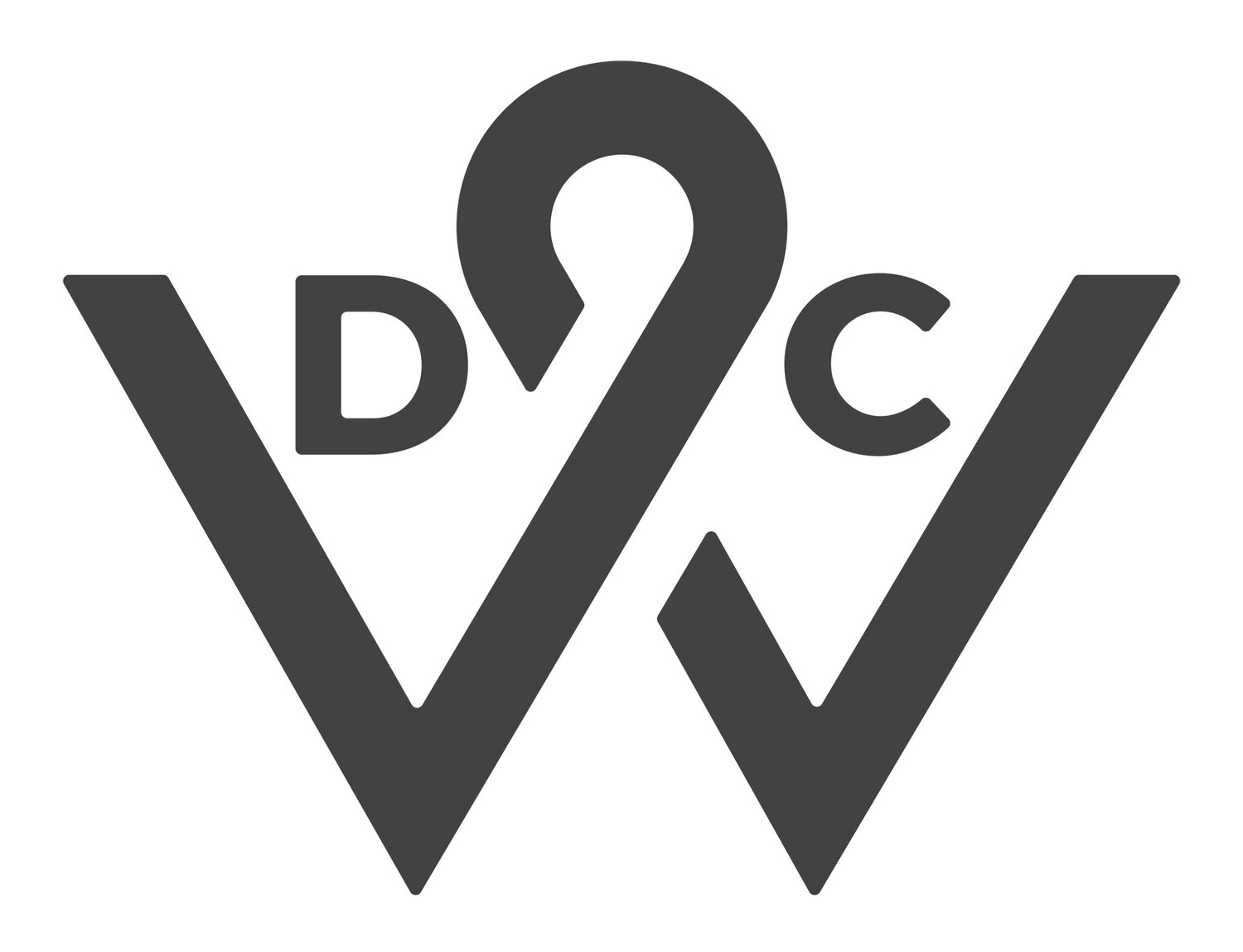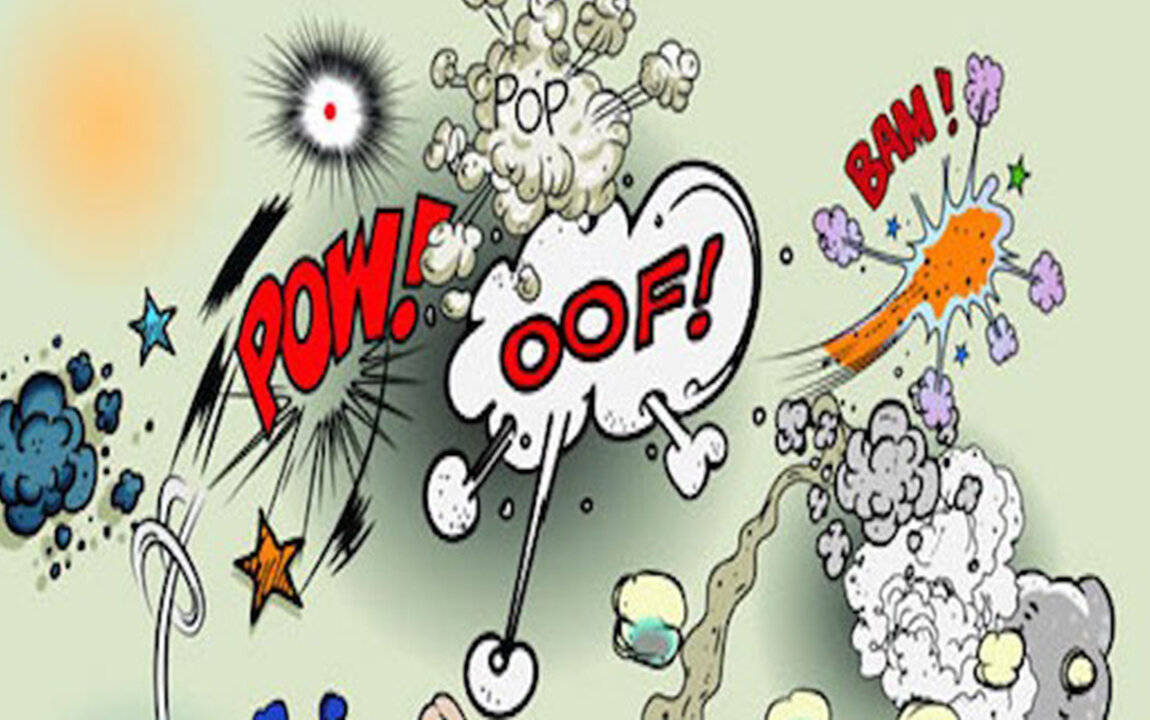In-house creativity is not possible – and other myths.
by Jim Hubbard
Spent an enjoyable hour yesterday with Tina Fegent and Dan Jefferies, moderator and hosts of their Marketing Procurement Conference for the Covid 19 era, busting a few myths about in house agencies. With Tina moderating the panel, I had the pleasure of joining Max Oshman Creative and Digital supremo of The Lab New York to share thoughts on how to get the best out of In-House Agencies.
Myth 1: With @Tina setting em up, first off was ‘In House Creativity is not possible’.
There are many naysayers who can reel off a dozen reasons why In-House Agencies can’t truly be creative, which can germinate seeds of doubt across the industry. Especially when the Incorporated Society of British Advertisers (ISBA) publish research saying Marketers’ biggest concern about in-house agencies is quality of work.
Fact is, In-House Agencies can excel in creativity. I shared examples from two of WDC’s clients, BBC Creative and Specsavers. Both businesses called us in to help them create the conditions for better creative work, efficiency and effectiveness.
Specsavers ‘should’ve gone to Specsavers’ line has become part of the English language, they’ve won multiple creative and effectiveness awards (including Cannes Lions) on the back of work that also helped them grow to double the market share of their nearest competitor. And following he set-up of an in-house agency at the BBC, the Corporation moved from the least creatively-awarded broadcaster to most-awarded, saved a seven figure sum in agency fees, and became the partner of choice for BBC marketers.
For in-house agencies, creative success requires 5 basic things:
1. The right talent, and a strategy to attract this talent (often the core business will not have a reputation for creativity, so it’s important to build an employee brand for the in-house agency which appeals specifically to creative talent)
2. The right operating model, to encourage the right behaviour (including clear roles, clear responsibilities, clear gateways for briefing and approval)
3. The right structure (Graham Daldry of Specsavers “there’s a very short distance between the marketing director’s desk and mine”)
4. The right culture (in which creativity is properly valued and celebrated for its commercial impact)
5. The right tech to help run it efficiently in the way you need it to be run (this really does come last, though – first you have to work on points 1–4).
Myth 2: In house agencies cannot attract quality talent
In reality, More and more people are moving from external agencies to in-house. Like anything there are pros and cons.
Pros include:
You can immerse yourself in a sector and become a specialist.
The work-life balance can be better, especially without the all night and weekend working on pitches.
You work more directly with marketing without the middleman of account management.
Cons include:
If the sector you are working in doesn’t light your fire, it could get boring.
If the creative ambition is not there, the work could be boring
You work more directly with marketing without the comforting middleman of account management.
Of course, not everybody wants to move to an industrial estate somewhere just by the M1. But regardless of location, in-house agencies need to go the extra mile in making themselves attractive to the best talent starting with an understanding of the relevant motivation factors:
A tangible sense of organisational and in-house agency purpose
The opportunity to do great work
The reassurance of a culture and environment that allows people to leverage their personal skills and expertise
Management’s recognition that sufficient remuneration is a hygiene factor and is less likely to deliver long term motivation (although insufficient remuneration can demotivate of course).
The in-house agency of the future will attract people through better job design and operating models that help deliver the above. And it will position itself as a place of opportunity, showcasing their commitment to quality work. Build that and they will come.
Myth 3: Taking your marketing in-house makes the approval process much more efficient.
In our experience, the opposite is often true. Without the commercial imperative of a client / supplier relationship, internal approval processes are often, in practice, much less efficient, with too many stakeholders providing conflicting feedback in unsynchronised ways and at different times. The number of rounds of revisions can stray well into double figures with knock-on effects on morale, motivation speed to market, effectiveness of work and higher internal and external costs.
For the in-house agency of the future, there are number of ways that approval efficiency (and efficiency in general) can be improved.
Address the common perception that in-house agency work comes at zero cost (and therefore there is no incentive to be efficient)
Do this by attaching a value to the scope of work per project (sometimes called ‘Wooden Dollars’ or a ‘budget for hours’)
Set up clear responsibility matrices where the number of people involved in commenting on the work is minimised.
Use the right technology to manage both approvals and the various costs.

